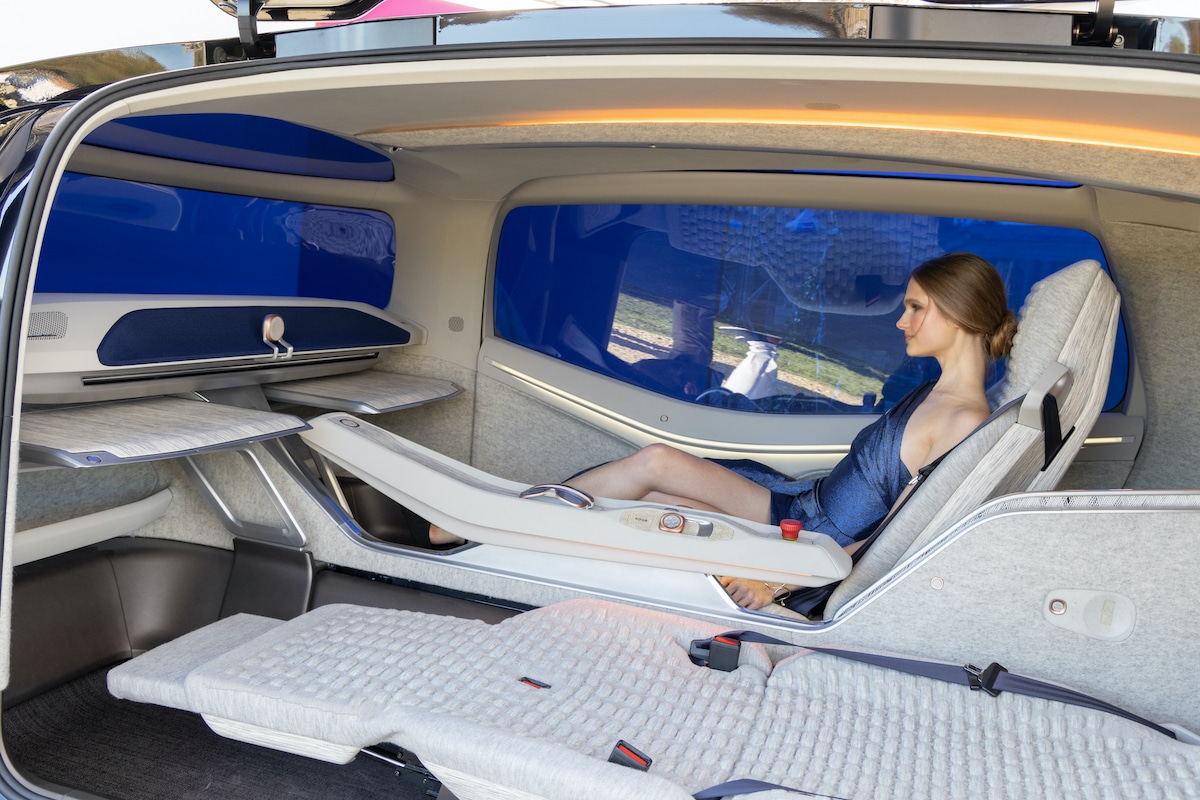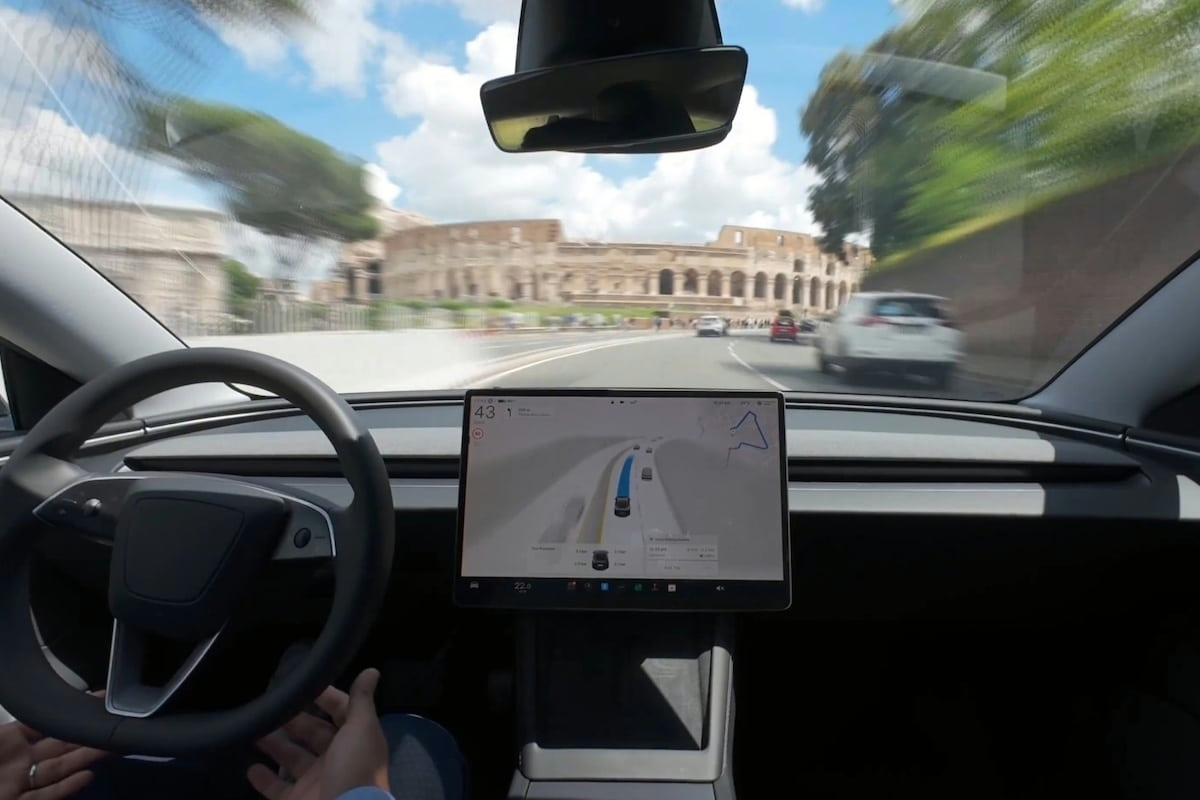Are self-driving cars too dangerous?

Often celebrated as one of the last spaces of freedom, the automobile continues to become more autonomous. For the benefit of its driver?
We know that cars will soon be autonomous, able to move from point A to point B without any human intervention. They are already capable of doing so, as demonstrated by Mercedes and Tesla very recently. As a reminder, there are currently 5 levels of autonomy for cars, and we have already surpassed the first four.
Learning Autonomy
Levels 1 and 2 are called “driver assistance.” These include cruise control and speed limiters, lane-keeping assist, drowsiness alert, emergency braking, and automatic parking, to name a few.
Level 3 involves cars beginning to drive themselves. Acceleration, braking, and steering are managed by the vehicle’s brain without human intervention. In case of a problem or a moral dilemma, the car automatically hands control back to the driver, who must remain alert at all times. This is a gadget level but essential to reach level 4 of full vehicle autonomy in certain areas. The driver then becomes a true passenger of the vehicle. This level is already available in some public transport zones or in certain parking lots where cars are authorized to park themselves.
Overly human dilemmas?
Then there is level 5, fully autonomous driving. Basically, you enter your destination and let the car do its thing—no steering wheel or pedals needed. Vehicles will then boast sufficiently advanced technology to perform all driving tasks, including managing extremely complex situations. A car will need to be capable of deciding, in a risky situation, which group of pedestrians to prioritize. The most clear example is a scene of an accident where the car has no choice but to hit either a child on one side or an elderly person on the other, or to sacrifice its passenger to save lives… Admit that you would be unable to make such decisions with absolute certainty in a fraction of a second, so why demand it from a car?
You understand that this highest level has not yet been achieved, although thousands of engineers work on it every day. But is it truly necessary? Level 4 already meets most human needs. Imagine starting your trip manually, then joining the highway and letting the car control everything for several hours before switching back to manual mode as you exit the highways to arrive at your destination. Fully autonomous highways would be incredibly safe. Similarly, level 5 could be reserved for extreme emergencies like a driver’s sudden illness.
The real danger of an automobile always lies between the steering wheel and the pedals, and human and artificial intelligences will always find it challenging to coexist in the same space.
This page is translated from the original post "Les voitures autonomes sont-elles trop dangereuses ?" in French.
We also suggestthese articles:
Also read






